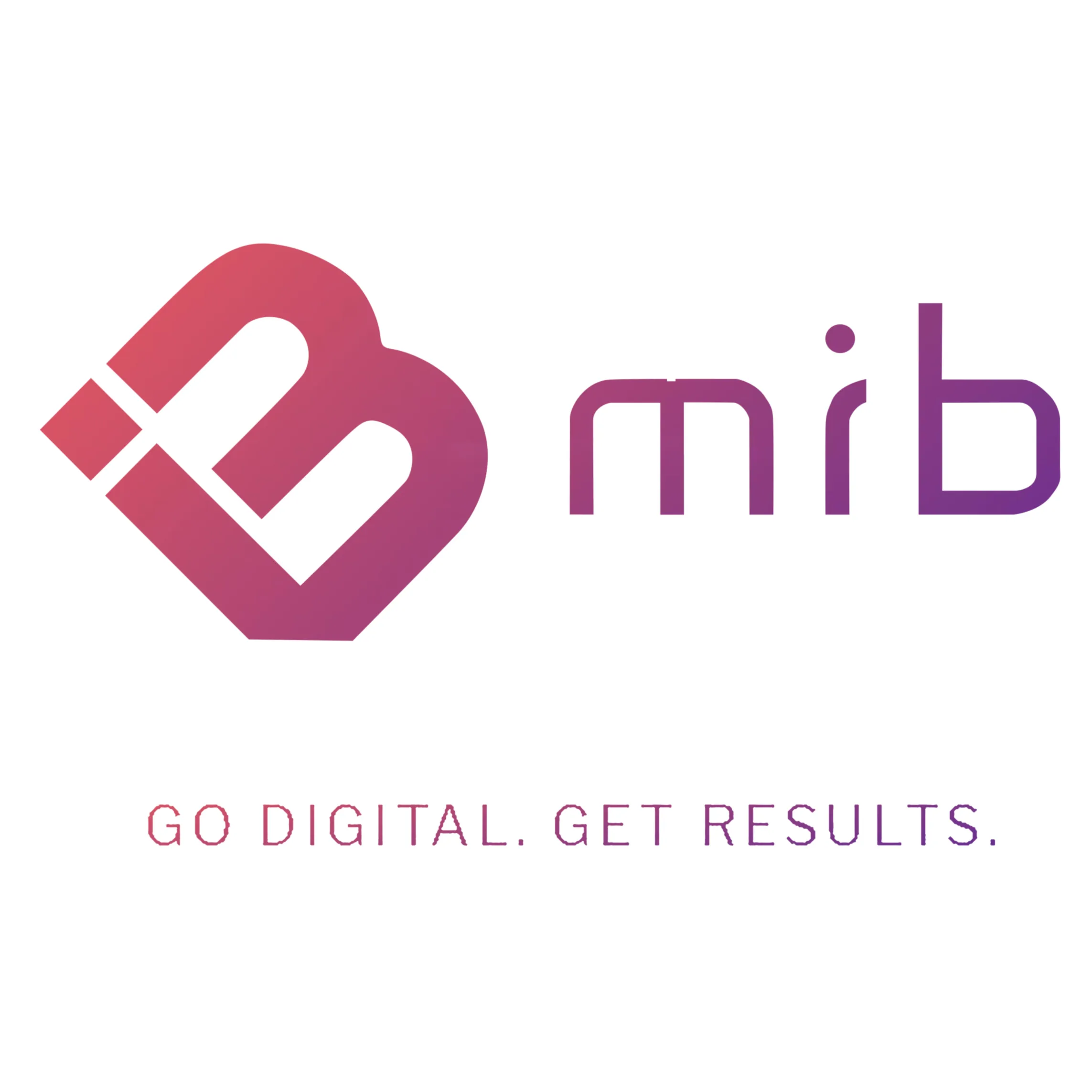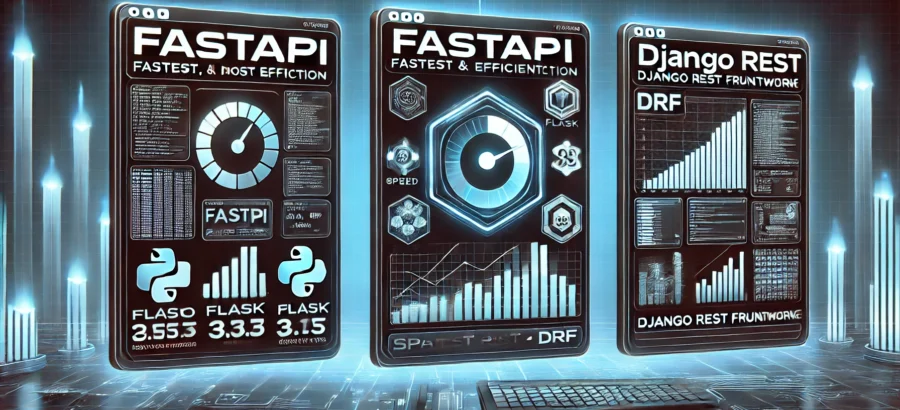FastAPI vs. Flask vs. Django Rest Framework: Which One Wins on Speed and Efficiency?
When building APIs in Python, three major frameworks dominate the landscape: FastAPI, Flask, and Django Rest Framework (DRF). Each has its strengths, but if speed and efficiency are your priorities, FastAPI takes the lead. Let’s compare these frameworks in key areas to determine the best fit for your project.
Performance and Speed
FastAPI: The Clear Winner
FastAPI is built on Starlette and Pydantic, making it one of the fastest web frameworks for Python. It leverages asynchronous programming (async/await) to handle high-concurrency applications efficiently. Benchmark tests show that FastAPI can handle significantly more requests per second than Flask or DRF, making it ideal for high-performance applications.
Flask: Simplicity Over Speed
Flask is a lightweight framework that prioritizes flexibility and ease of use. However, it lacks built-in support for asynchronous programming, which limits its performance under heavy loads. Developers can integrate third-party async libraries, but it requires additional setup and complexity.
Django Rest Framework: Powerful but Slower
Django Rest Framework is an extension of Django and inherits its ORM and request-handling system. While robust and feature-rich, DRF is not optimized for speed. Its monolithic nature and reliance on synchronous operations make it slower than FastAPI in handling requests.
Ease of Use and Learning Curve
FastAPI: Designed with developer experience in mind, FastAPI provides automatic data validation, interactive documentation (Swagger and ReDoc), and type hints. It has a moderate learning curve, but once mastered, it greatly enhances productivity.
Flask: Extremely beginner-friendly with minimal boilerplate code. Flask is a great choice for small projects or developers new to web frameworks.
Django Rest Framework: DRF is feature-packed but has a steep learning curve, especially for beginners unfamiliar with Django’s conventions and ORM.
Features and Flexibility
FastAPI: Comes with built-in support for OpenAPI, automatic request validation, dependency injection, and asynchronous execution.
Flask: Minimalistic and highly customizable. However, many essential features require third-party extensions.
Django Rest Framework: Offers authentication, serialization, and ORM integration out of the box, making it an excellent choice for large-scale applications.
When to Use Each Framework
Choose FastAPI if: You need a high-performance API with modern features like async support, automatic documentation, and type validation.
Choose Flask if: You’re building a small to medium-sized application and prefer simplicity over advanced features.
Choose Django Rest Framework if: You’re working on a Django-based project and need a powerful, scalable API with built-in authentication and serialization.
Conclusion: FastAPI is the Best Choice for Speed and Efficiency
While Flask and DRF have their advantages, FastAPI stands out as the best option for speed, efficiency, and modern web development. Its asynchronous capabilities, automatic validation, and built-in documentation make it the go-to framework for developers focused on high-performance applications.






